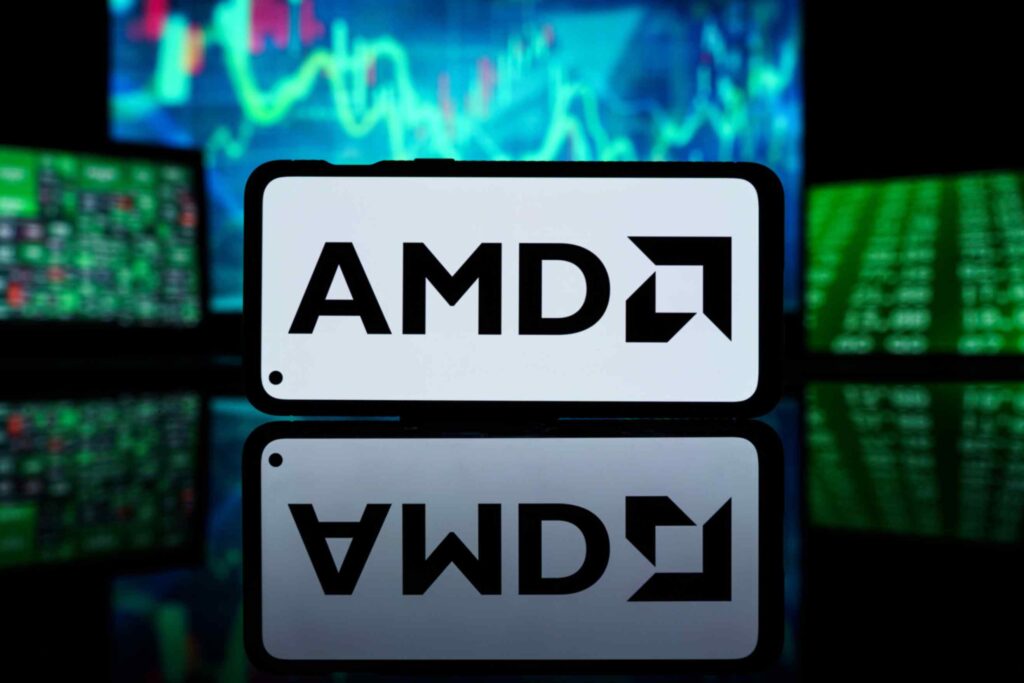The share price of Advanced Micro Devices (NASDAQ: AMD) has been caught up in the bearish sentiment surrounding semiconductor equities, elevating fears of a possible bubble burst.
The sell-off is also affecting other semiconductor companies, including Nvidia (NASDAQ: NVDA), which had surged due to its investment in the lucrative artificial intelligence (AI) market.
Notably, by the close of markets on Wednesday, July 19, AMD was in the red after recording five consecutive trading sessions of losses. The stock was trading below the $160 resistance mark, standing at $159, reflecting 24-hour losses of over 10% and a weekly decline of 13%.
Picks for you

However, AMD’s substantial gains due to its AI investments have shielded the stock from further losses in 2024, maintaining gains of 15% year-to-date.
Why AMD is down
The AMD short-term crash can be attributed to broader issues impacting the semiconductor sector, particularly political and geopolitical factors in the US. Specifically, AMD reacted negatively to President Joe Biden’s reported plans to roll out the Foreign Direct Product Rule (FDPR), allowing the US to impose controls on foreign-made products incorporating any amount of American technology.
Additionally, the Biden administration is considering further sanctions on specific Chinese chip companies, which could potentially impact US chipmakers with significant exposure to China.
On the other hand, Republican presidential candidate frontrunner Donald Trump, who saw his odds of reelection soar following a failed assassination attempt, stated that Taiwan, central to the global chipmaking industry, should pay for its defense. These remarks rattled investors.
If Trump reclaims the White House, the chances of conflict over Taiwan involving China would likely make the global semiconductor industry uncertain.
On the other hand, amid the AMD crash, the stock is experiencing increased insider selling. For instance, Mark Papermaster, Chief Technology Officer, sold 16,756 shares of common stock on July 15, 2024, at $184.50 per share, totaling $3,091,482.
Generally, insider selling could be viewed as a sign that the stock has peaked, prompting a need to cash out before a potential crash.
In the meantime, AMD investors will look forward to the upcoming quarterly earnings report, slated for around July 30. Earnings that beat analyst expectations will be crucial in helping the stock avoid a free fall and target the critical $200 mark.
Stock market implication
At the same time, with AMD falling alongside Nvidia, the focus is on the broader implications for the stock market. Notably, technology stocks, particularly those in the AI sector, have been vital in helping indices like the S&P 500 rally. A drop in these equities has led analysts to project that the situation could lead to a potential stock market crash.
In summary, it is worth monitoring how investors move forward, considering signs of capital shifting from large tech stocks like AMD to small-cap equities. If this trend persists, investors can expect a potential sustained sell-off in AMD’s share price.
Disclaimer: The content on this site should not be considered investment advice. Investing is speculative. When investing, your capital is at risk.





